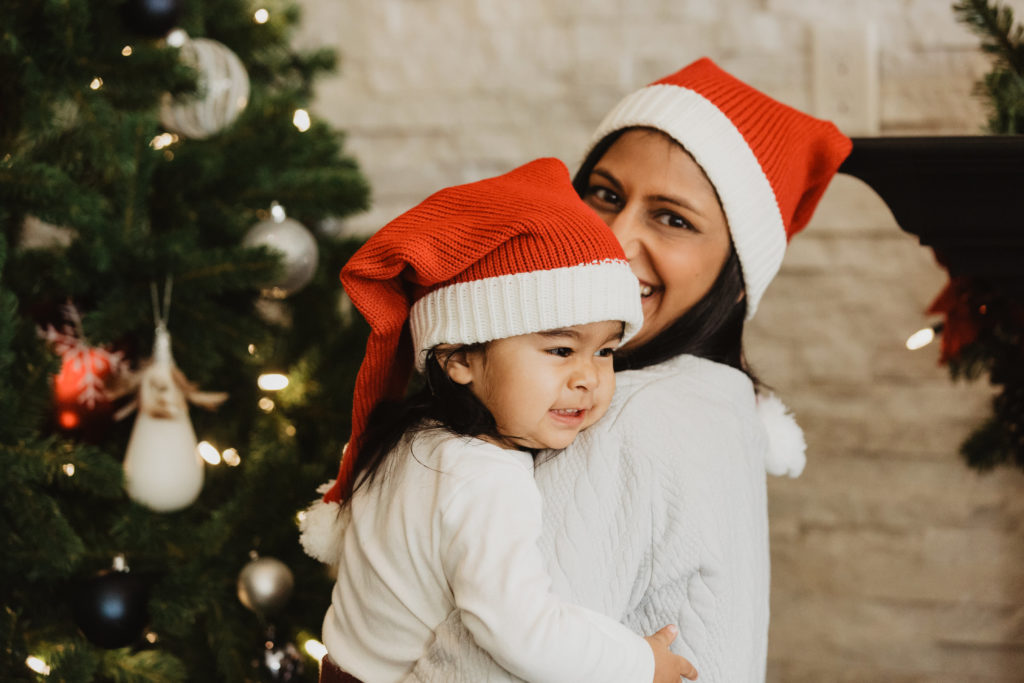Amidst the ever-changing currents of modernity, the continuity of cultural heritage in families plays a pivotal role in preserving our roots and shaping our collective future. Cultural heritage, the tapestry of traditions, values, beliefs, and practices passed down through generations, is an invaluable treasure that enriches the identity and understanding of individuals and communities.
Families, as the fundamental units of society, hold the torch of cultural heritage. They are the vessels through which traditions flow and values are instilled. The role of families in the continuity of cultural heritage not only strengthens the bonds between generations but also offers a sense of belonging and identity rooted in shared histories. Gathering around ancestral stories and practices, families weave a web of cultural connectivity that spans time and space.
Material objects often serve as tangible embodiments of cultural heritage, carrying within them the stories, emotions, and memories of past generations. Family heirlooms, traditional clothing and artifacts, culinary traditions, photographs, literature, and technological tools—all of these material things serve as bridges across generations, ensuring the preservation and celebration of cultural heritage.
Family heirlooms are repositories of familial history. An old piece of furniture, a piece of art, or a traditional garment can narrate stories of resilience, migration, love, and endurance. These heirlooms create a tangible link between ancestors and descendants, enabling the younger generation to touch, feel, and cherish the legacy entrusted to them.
Traditional clothing and artifacts serve as cultural emblems that evoke identity and pride. Wearing traditional attire during festivals or special occasions connects individuals to their cultural roots and keeps the flame of heritage alive. Artifacts like pottery, tools, and handicrafts carry within them the craftsmanship of generations, showcasing the evolution of skills and the ingenuity of our forebears.
Culinary traditions have a remarkable ability to transcend time and communicate culture. Family recipes passed down through generations encapsulate the flavors, techniques, and stories of the past. Cooking together and sharing meals not only nourish our bodies but also create spaces where cultural heritage is shared and celebrated. Kitchen utensils, cookbooks, and traditional cooking methods are material things that bridge the culinary journey across time.
Photographs and memorabilia freeze moments in time, allowing us to peer into the lives of our ancestors. Old photographs, letters, and personal belongings provide a glimpse into the daily lives, celebrations, and challenges of those who walked before us. These visual cues spark conversations across generations, enabling the stories of the past to find resonance in the present.
Literature, whether in the form of folktales, religious texts, or historical accounts, is a repository of cultural knowledge. Libraries of family books become windows into the traditions, philosophies, and narratives that have shaped a culture. Reading stories to children, sharing moral lessons, and discussing historical events through literature foster an appreciation for cultural heritage.
In the digital age, technology plays a dual role in preserving and disseminating cultural heritage. Digital archives, blogs, and social media platforms provide spaces for families to document and share their cultural practices, stories, and experiences. Digitalizing old photographs, videos, and audio recordings ensures that future generations can access and understand their heritage even in a rapidly changing world.
Educational initiatives further enhance the continuity of cultural heritage within families. Organizing workshops, storytelling sessions, and cultural festivals fosters an environment where children can actively engage with their heritage. Materials such as interactive learning kits, traditional art supplies, and multimedia resources enrich these experiences.



